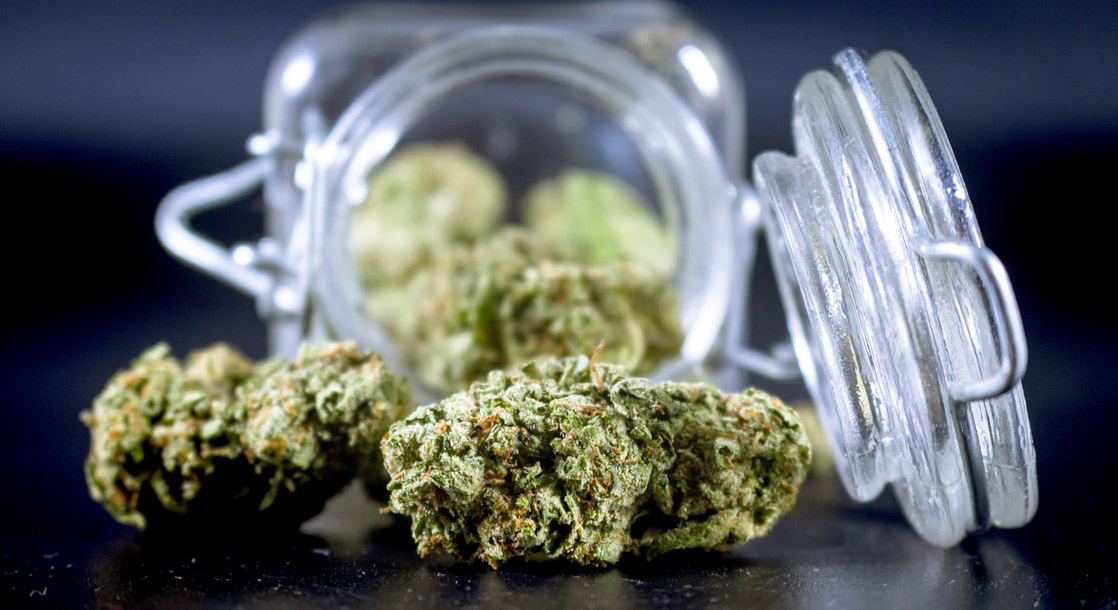The price of legal weed in Oregon has fallen to a record low, and may now even be the cheapest weed in the entire US. And while cheap legal bud is great news for customers, it’s terrible news for the state’s cannabis industry.
The average price for a gram of legal weed hit a new low of $4 a gram last month, according to sales data from the Oregon Liquor and Cannabis Commission (OLCC). That record low is a 16% year-over-year decline from February 2022. Wholesale prices have fallen even lower, plunging to a record low of $550 a pound ($1.21/gram) in December 2022. These prices did rally to $599 a pound last month, but that’s still a 25% decline from last year – which was already a record low.
“The Oregon recreational marijuana market is in arguably the weakest economic position it has been in since the inception of the program in 2016,” the OLCC wrote in its latest annual report. “These low consumer prices force businesses to operate under low margins and extreme pressure.”
The falling prices have made it difficult for dispensaries to actually pay cultivators for the bud that they are selling. Farmers have responded by growing less weed, but the state still has a massive back stock of healthy bud left over from record harvests in 2021 and 2022. This inventory will continue to suppress wholesale prices until it either sells out or rots away in warehouses.
“We have a record amount of overdue accounts receivable, retailers that owe us money,” said Mason Walker, CEO of licensed cannabis cultivator East Fork Cultivars, to OregonLive. “That’s happening across the market. It’s causing pain up and down the supply chain…. It’s not a completely screwed up market, but it’s challenging.”
Oregon has been struggling with oversupply issues since 2018, when farmers grew three times the amount of weed that Oregonians were able to smoke. Regulators eventually tightened the rules and even froze cannabis production entirely in 2019. This helped resolve the situation somewhat, but once the pandemic hit in 2020, the demand for legal weed skyrocketed. Growers responded by planting even more weed to meet that demand, but sales began tapering off again once people started returning to work in 2021.
“Following the banner sales year of 2020, [legal cannabis producers] entered 2021 exuberant and optimistic about the future of the market – and made their planting decisions accordingly,” the OLCC wrote in its report. “However, the fading of demand as 2021 progressed, exacerbated by a record outdoor harvest in October 2021, set off a slide in prices that put the entirety of the supply chain under pressure in 2022.”
“The overabundance of supply throughout 2021 and 2022 resulted in historically low wholesale and retail prices for both usable marijuana and concentrate/extract products,” the report continues. “The declining prices, in combination with a tempering in the growth of quantities purchased, resulted in the first-ever decrease in annual sales (from $1.2 billion in 2021 to $994 million in 2022).”
State regulators argue that legal interstate cannabis commerce would be the best bet to resolve these ongoing oversupply issues. In 2019, the state passed a law that technically makes it legal for Oregon weed companies to export their wares to other states. Sadly, federal law still prohibits all interstate cannabis commerce and shipping, which blocks the state from moving forward with its export plans. So unless federal law changes, Oregon’s growers are forced to either accept the state’s low prices, sell their bud on the black market, or exit the business completely.
“Oregon’s recreational marijuana market has proven resilient, but until the federal legal landscape changes, two fundamental facts remain unchanged: in-state supply is boundless, while in-state demand can only grow so much,” the OLCC explained.
Cover image via











